All about currant pruning
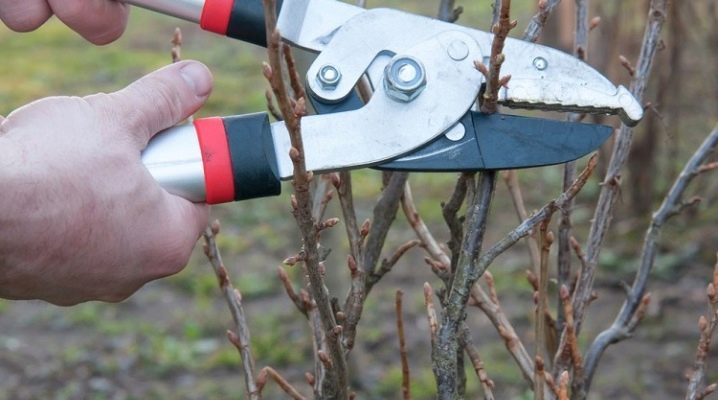
Currant pruning is a procedure that helps to shape, rejuvenate the shrub and increase its yield. If you refuse it, you can notice not only the low yield of currants, but also the gradual weakening of the plant, which may be followed by its death. It is impossible to prevent this without pruning. Therefore, you should not give it up.

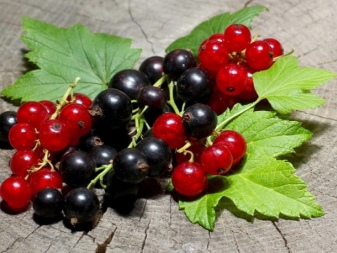
The need for a procedure
Currant pruning is performed annually and is carried out in order to:
- bush formation;
- removal of damaged and pest-affected branches;
- rejuvenation of the bush.
Regardless of the type of pruning, the procedure is vital for the plant. In the first years of a shrub's life, pruning helps shape its shape. And in the future, it allows you to increase the amount of harvest, strengthen the health of the plant and extend its life. Timely removal of weakened and damaged shoots will allow:
- provide unhindered access of nutrients to the ovary;
- reduce the likelihood of infection of the bush with mushrooms and lichens;
- prevent the attack of pests and the development of diseases that can lead to the death of the bush;
- renew old bushes and regularly get a large harvest.
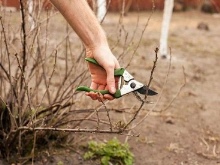
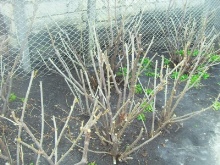
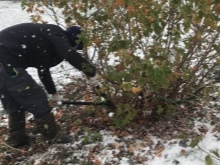
When is the best time to prune?
The most favorable period for pruning a currant bush is late autumn. At this time, the plant goes into a dormant period. This means that it is impossible to harm it by deleting branches. It is also noteworthy that pruning of the bush can be carried out not only in the fall, but also at any other time of the year. The first pruning of the bush is done during planting - in early spring. The tops of the upper shoots at the height of three buds are subject to removal. This allows for strong healthy growth and proper shrub formation. Note that spring pruning must be done before buds appear on the plant.
A year later, pruning is done in July. The branches are shortened by 15 cm, which makes it possible to activate the growth of lateral shoots and awaken underground buds. In the summer, after picking the berries, another pruning should be done. For a plant in the second year of life, it will be accompanied by the removal of a large number of shoots. In this case, do not feel sorry for the shrub. All branches should be cut, leaving only the most powerful. They will take on the role of skeletal branches. Important: the removal of excess shoots should be carried out in August, and only after the harvest is complete.
In the third year of the shrub's life, the last year's scheme is repeated. The main thing is to remove all sick, weak and damaged shoots. Their presence will interfere with the proper development of the plant. When the shrub reaches the age of five, the gardener must take care of its rejuvenation and remove all old branches. This is done in the summer, after the harvest. Branches 5 years and older must be completely removed by cutting them above the ground surface. Further pruning is carried out according to the already known scheme, in compliance with all terms and recommendations. When planning a pruning, it is necessary to take into account the weather conditions of each region.
In areas with an unstable climate and sharp temperature changes, it is recommended to refuse autumn pruning. In this case, it is performed in the spring. This will prevent frostbite on the tops during the winter.

Cutting technology
For pruning to give the expected results, it must be done correctly. Before proceeding directly to the work, you need to familiarize yourself with the trimming scheme. It should take place in several stages.
- Sanitary pruning. Performed annually. Allows you to clean shrubs.
- Bush formation. Performed in the first years of the plant's life. Allows you to form a bush.
- Plant rejuvenation. Performed annually after the shrub reaches the age of five.
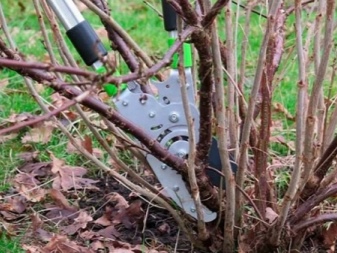

Sanitary
Sanitary pruning cleans up the shrubbery. It involves removing:
- damaged and dried out branches;
- shoots thickening the shrub;
- branches with unripe wood;
- deformed shoots;
- diseased branches.
Please note that when carrying out sanitary pruning, it is often possible to identify branches affected by infection or pests. After removing them from the bush, they should be burned. This must be done in order to prevent the spread of the disease.
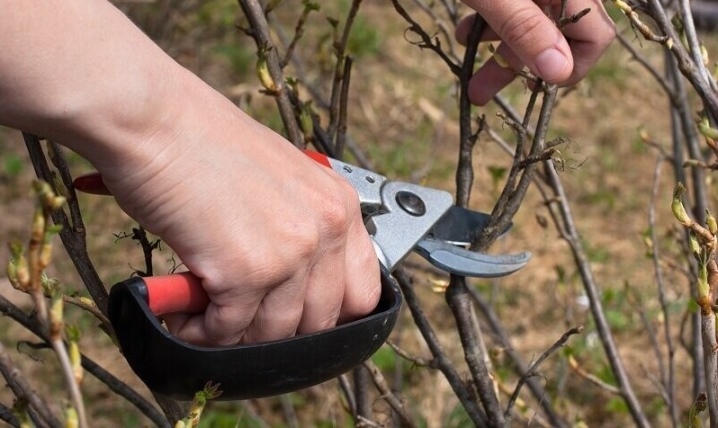
Formative
Formative pruning of the currant bush is performed in the first years of the plant's life. A plant can be considered mature when it has about 20 branches, which are 1-5 years old.
Shrub formation begins from the moment it is planted. The young plant is pruned, during which all shoots should be shortened. In the fall, 5-7 shoots will appear in their place, most of which will also be removed. No more than 5 shoots should be left, cutting them 15-20% of the length.
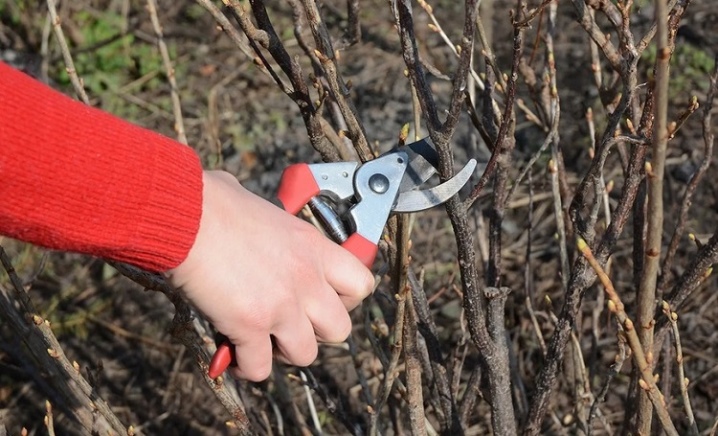
Rejuvenating
Before you start rejuvenating your shrub, you need to know how to prune it correctly. There are 4 ways to prune a currant bush.
- On the ring. This method of pruning involves the complete removal of branches, it is used in cases where it is necessary to rejuvenate the shrub. The cut is made at the very base of the branch, after which they are treated with an antimicrobial drug and garden varnish. This will prevent infection of the shrub and will also speed up the healing process.
- The kidney. Bud pruning is used when the ultimate goal is to regulate branching development. If the pruning was done on a bud facing the center of the bush, young shoots will grow inward, making the bush thicker. If the cut was made on an external bud, the shoots will grow from the center. This will help improve access to sunlight.
- Pinching. The pinching method involves removing the tops of the branches. This method allows you to stimulate the growth of new shoots.
- With the translation. Pruning a currant bush with translation is carried out in cases where the old branch still yields a good harvest. Choose a lateral cut that has good fruiting potential. The entire branch after a fork is to be deleted. This pruning scheme allows you to partially rejuvenate the shrub and preserve the old, but fruiting branches.
Please note that in the case of neglected shrubs, anti-aging pruning is carried out in several stages. Old branches are removed gradually, at annual intervals. With a one-time pruning of a large number of branches, the bush may die.
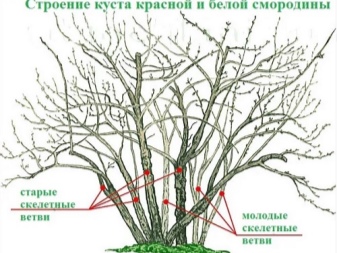
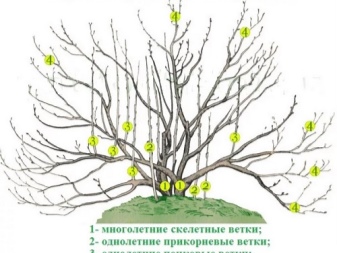
How to prune different bushes?
When pruning a shrub, you should pay attention to what species the plant belongs to. Knowing some of the features will help you understand which shoots are to be removed. For example, black currant has a not too long fruiting period. The largest number of ovaries can be seen on the branches for 2-3 years. Most of the berries are located on the central buds of the branch.
This suggests that:
- when pruning is performed, only branches older than 5 years are subject to removal;
- if there are 8 or more two-year-old shoots, it is allowed to remove branches that are more than 3 years old;
- when pruning young annual shoots, a third of their length is removed.
If you plan to prune red currants, you need to take into account the fact that the duration of its fruiting is much longer. Branches 5-8 years old are still producing good yields. Taking these facts into account, we can say that:
- only those branches that are more than 8 years old are subject to complete removal;
- the number of shoots that must be left on the bushes increases to 12 pieces;
- there is no need to regularly remove the upper part of the shoots, this is done only if it is damaged.
These recommendations apply to older plants that require rejuvenation. Carrying out pruning of young currants is carried out according to a single scheme, regardless of which species the plant belongs to.

Follow-up care
When removing branches, you should first of all understand that this is mechanical damage. The first thing to do is to process the cut site. It is recommended to use antimicrobial drugs and garden varnish. The former will prevent bacteria from entering the plant, the latter will speed up the healing process. Every gardener should remember that even the most accurate pruning of branches, carried out according to all the rules, is a strong stress for the plant. This suggests that in the absence of proper care, the shrub can get sick and die. This can be avoided by introducing the correct feeding. Having the necessary nutrients will help speed up the regeneration process and prevent unwanted effects from occurring.
Top dressing is selected taking into account the time at which pruning was performed. After the spring removal of branches, a complex mineral fertilizer should be introduced, which should contain phosphorus and potassium. According to experienced gardeners, the ideal option for supporting a currant bush would be:
- superphosphate;
- potassium chloride;
- urea;
- ammophoska.
In autumn, the shrub is experiencing an acute shortage of phosphorus and potassium. In addition, the plant needs organic fertilizers. Please note that organic fertilizers are more effective when they are laid in the soil and covered with earth.
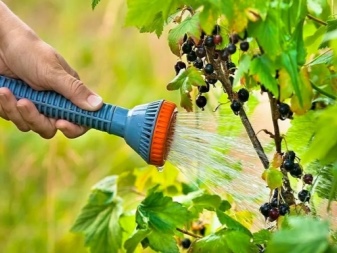
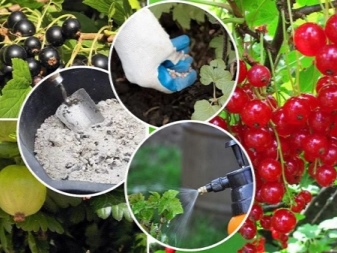
Common mistakes
Pruning currants is a rather complicated process. If carried out incorrectly, it can destroy the plant.
Here are the most common mistakes that lead to the death of a bush.
- Neglecting the recommended pruning times. Most often, gardeners make this mistake when doing spring pruning. It should be carried out before the start of sap flow processes in the plant. Violation of this rule will lead to the death of the plant. It is also important to note that pruning should not be done too early. It should be carried out after the threat of frost has passed. Otherwise, there is a risk of frostbite tops.
- Improper handling of tools and branches. Before starting work, the entire tool must be carefully processed. If this is not done, the plant can become infected with bacteria, fungi and other pathogens that cause serious diseases. Refusal to carry out processing of the cut point is no less dangerous. The reason is the same - the risk of penetration of harmful microorganisms.
- Wrong deletion of branches. Although pruning is a necessary procedure, you cannot remove a large number of branches. Only those branches that interfere with the plant are subject to pruning. You need to cut them only when they are seriously damaged, weakened or thicken the bush. Uncontrolled removal of a large number of branches will lead to the death of the shrub.
With proper pruning of currants, the gardener will be able to get a rich harvest and significantly improve its quality. The main thing is to follow the procedure in accordance with all the recommendations and follow the scheme.
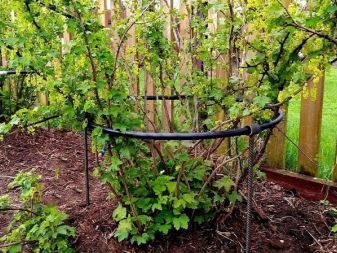
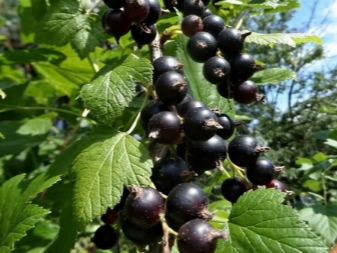













The comment was sent successfully.